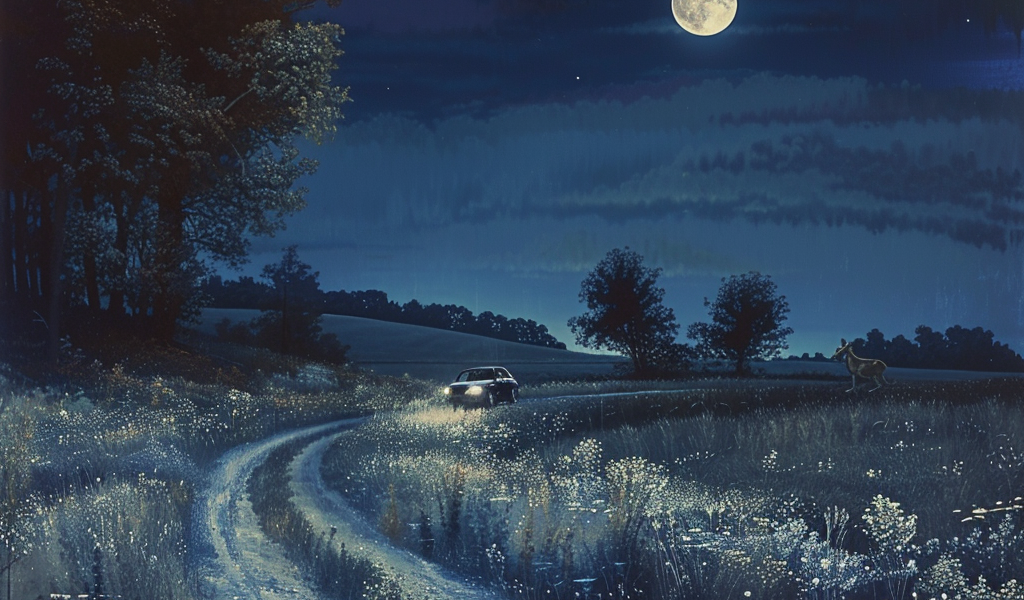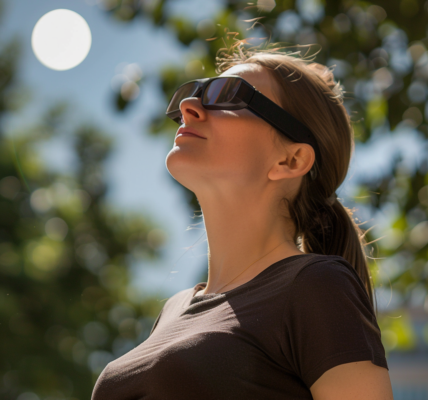A recent study from Texas A&M University has uncovered a significant correlation between lunar phases and wildlife-vehicle collisions, revealing a startling 45.8% increase in such incidents during full moon nights compared to new moon nights. This research highlights the need for heightened driver awareness and could influence future transportation policies.
The study, conducted by Kentaro Iio, a former Texas A&M student, and Dr. Dominique Lord, a professor in the Zachry Department of Civil and Environmental Engineering, analyzed a decade’s worth of collision data across Texas. By comparing incidents on nights with a full moon to those without moon illumination, the researchers aimed to establish a clearer understanding of how lunar light affects wildlife behavior and driver safety.
While the data showed no significant difference in non-wildlife vehicle collisions during these lunar phases, the stark increase in wildlife-related incidents raises important questions about the implications for both drivers and wildlife management. As Iio noted, the study’s design focused on contrasting the darkest nights with full moon illumination to ensure accurate comparisons.
Past research conducted in various countries, including Spain, Canada, and Lithuania, has also indicated a similar trend of increased wildlife-vehicle collisions during full moons. These studies employed different methodologies and offered various explanations for the phenomenon, suggesting a complex interplay of factors at work. Iio and Lord propose that a combination of elevated wildlife activity and potential driver fatigue during nighttime hours could be contributing to the observed increase in collisions.
Dr. Lord emphasized that although full moon nights provide better illumination, the nighttime driving conditions still pose significant risks. “When you drive at night, I’m not sure the illumination from the various perspectives is so much greater compared to daytime,” he remarked, pointing to the need for drivers to remain vigilant regardless of lunar brightness.
The study also delved into regional variations across Texas, categorizing data based on rural and urban areas. Interestingly, the capital area, which encompasses 10 counties from Llano to San Marcos and La Grange to Georgetown, exhibited a lower relative risk of collisions during full moon nights, although this finding was statistically insignificant.
In contrast, regions such as the High Plains, South Texas, Central Texas, and Upper East Texas experienced dramatic spikes in wildlife-vehicle collisions during full moons, with increases ranging from 57.8% to an astonishing 125%. These findings underscore the importance of tailoring safety measures and transportation policies to address the specific needs of different regions.
As wildlife-vehicle collisions can have serious consequences for both animals and human drivers, the insights gleaned from this study may serve as a catalyst for further research into animal behavior and transportation safety. By understanding the factors that contribute to these incidents, policymakers and transportation experts can develop strategies to mitigate risks and enhance road safety for all.
Overall, the Texas A&M study presents compelling evidence of the significant impact that lunar phases can have on wildlife behavior and driver safety. As researchers continue to explore this relationship, the findings may lead to improved safety measures and a greater awareness of the risks associated with driving during full moon nights.





